Recovery ride versus rest day: the pros and cons of each approach
Wondering if you’d be better off resting completely or heading out for a recovery spin? We have the explain the benefits reaped from each approach
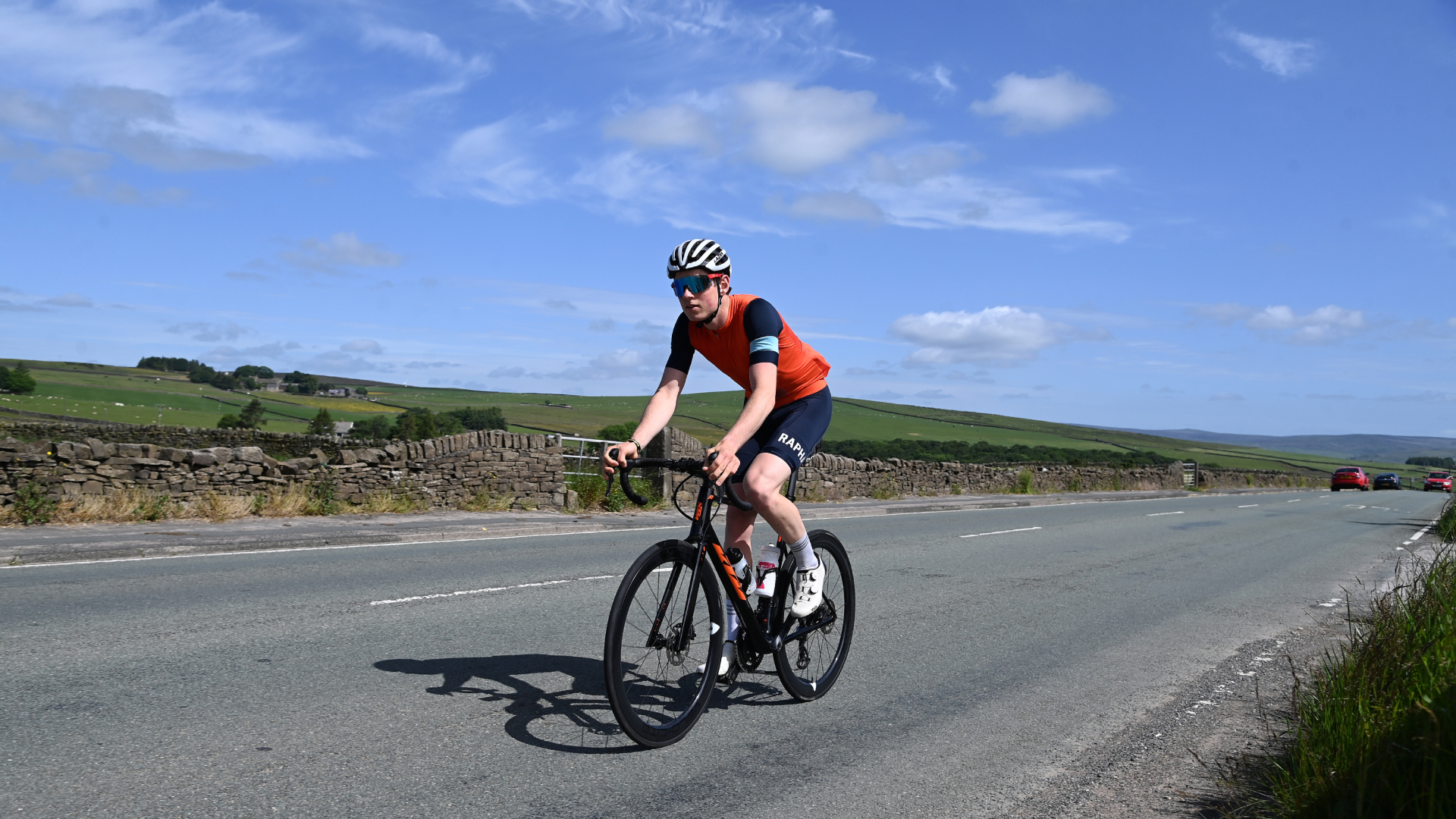

Adaptation only occurs during the rest and recovery periods between training sessions or training blocks. Without adaptation, you won’t get any stronger or fitter.
Therefore, optimising your recovery is a key component of the training process. But what is the best thing you can do between training blocks to optimise recovery? Are you better off resting completely or heading out for a recovery spin?
The questions of whether you should head out for a recovery ride, or how many rest days you should take each week, are dependent on several factors. So we'll take you through the pros and cons of both approaches, so you can make the best call in your own training.
Rest days: pros and cons
The benefit of a complete rest day is that you can be confident you are giving your body the time and space it needs to adapt to the training you have just subjected it to. However, the downside is that athletes often report they feel a little sluggish when they get back into training.
Therefore, rest days are best used between training blocks where it is important you don’t carry over any fatigue from one training block to the next. If you go into the next training block feeling a little sluggish, it’s not the end of the world – but you will know you have given your body every possible opportunity to adapt to the last training block.
The mistake I often see athletes making on days that are supposed to be about complete rest is that – because they are not out training – they fill their day with all those little jobs that build up in life. This means that athletes can end up being busier during a rest day than during a normal training day. This completely misses the point of taking a rest day.
Coaches will often talk about what we call ‘allostatic load’ this is the amount of stress your body experiences for all stressors in life (training, work, family etc). To maximise recovery, you need to minimise the allostatic load, not just the training load.
Get The Leadout Newsletter
The latest race content, interviews, features, reviews and expert buying guides, direct to your inbox!
Recovery rides: pros and cons
The danger of a recovery ride over a complete rest day is that you might overdo it by riding too hard or too long, and ‘under recover’ – this means you have not finished adapting to the last training block and carry some fatigue into the next block. Neither of these outcomes isoptimal and this can lead to stagnation over time.
However, the benefit of a recovery ride over a rest day is that athletes often report they feel better the next day. Therefore, if you have an important interval session coming up it might be best to do a small recovery spin the day before rather than a rest day so you feel good from the get-go in that next session.
One thing I have heard from athletes is that they think that a recovery ride is good for clearing the lactate out of their legs. Let me just nip this myth in the bud. The lactate that accumulates during hard exercise is gone within around 30 minutes of finishing any session, so a next-day recovery ride certainly won’t help clear lactate – simply because it’s no longer present.
How to make the most out of a recovery ride
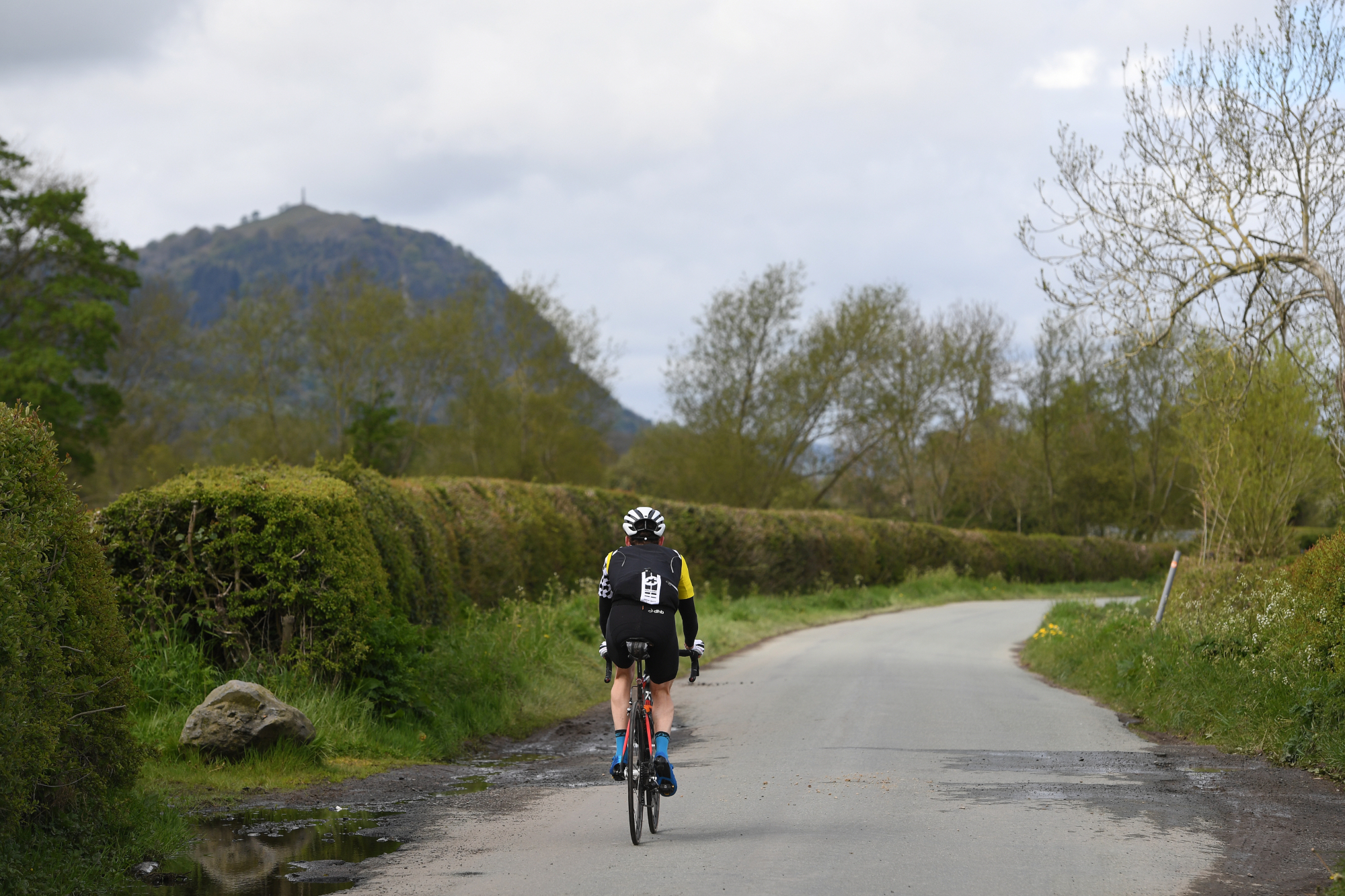
Now, if you do decide to head out for a recovery ride, there are golden rules you should follow. The first thing to remember is that the goal is recovery, not training. Therefore, the recovery ride itself should not induce a training stimulus. You should not feel tired when you get back from the ride. In practice, this means that the ride should neither be too long nor too hard.
A good guide is that a recovery ride should be no longer than a quarter of your average long endurance ride and it’s a good idea to wear a heart rate monitor as you don’t want to ride at more than 50 per cent of your max heart rate.
It is also important to make sure you really look after yourself in a recovery ride and avoid all additional stresses. This means not only fuelling and hydrating well but also avoiding riding in very hot or very cold conditions. Failure to do so will mean your body has to work harder than it should and what would have been a recovery ride no longer qualifies as such.
In practice, both rest days and recovery spins have their place within a well-designed cycling training plan.
Some riders will also respond better to one than the other. Give both a try within your own training and see what works best for you.
However, always remember the golden rule – reduce the allostatic load, that’s all the other things going on in your life that mount up.

Thank you for reading 20 articles this month* Join now for unlimited access
Enjoy your first month for just £1 / $1 / €1
*Read 5 free articles per month without a subscription

Join now for unlimited access
Try first month for just £1 / $1 / €1
James Spragg is a sports scientist and coach, working both in research and applied settings. When not working with athletes James can be found skiing, climbing, cycling or drinking coffee!
Alongside Dan Lorang and Peter Leo, James runs Intercept Performance Consultancy. Over the last 8 years in various roles, as coaches, performance consultants, performance managers, and sports scientists, Dan, James and Peter have played a role in helping athletes achieve more than 10 World Championship titles, several Olympics medals (including a Gold and Silver Medal in Tokyo 2020) and several Top 5 results in some of the biggest sporting events on the planet (Tour de France, Olympics, World and European Championships). Our single focus is on improving performance in all settings.
-
 Pauline Ferrand-Prévot: ‘It wasn’t the plan to ride Roubaix but I felt good so I said why not?’
Pauline Ferrand-Prévot: ‘It wasn’t the plan to ride Roubaix but I felt good so I said why not?’Frenchwoman admits that her aim for her unexpected Roubaix debut was to support Visma | Lease a Bike teammate Marianne Vos
By Peter Cossins Published
-
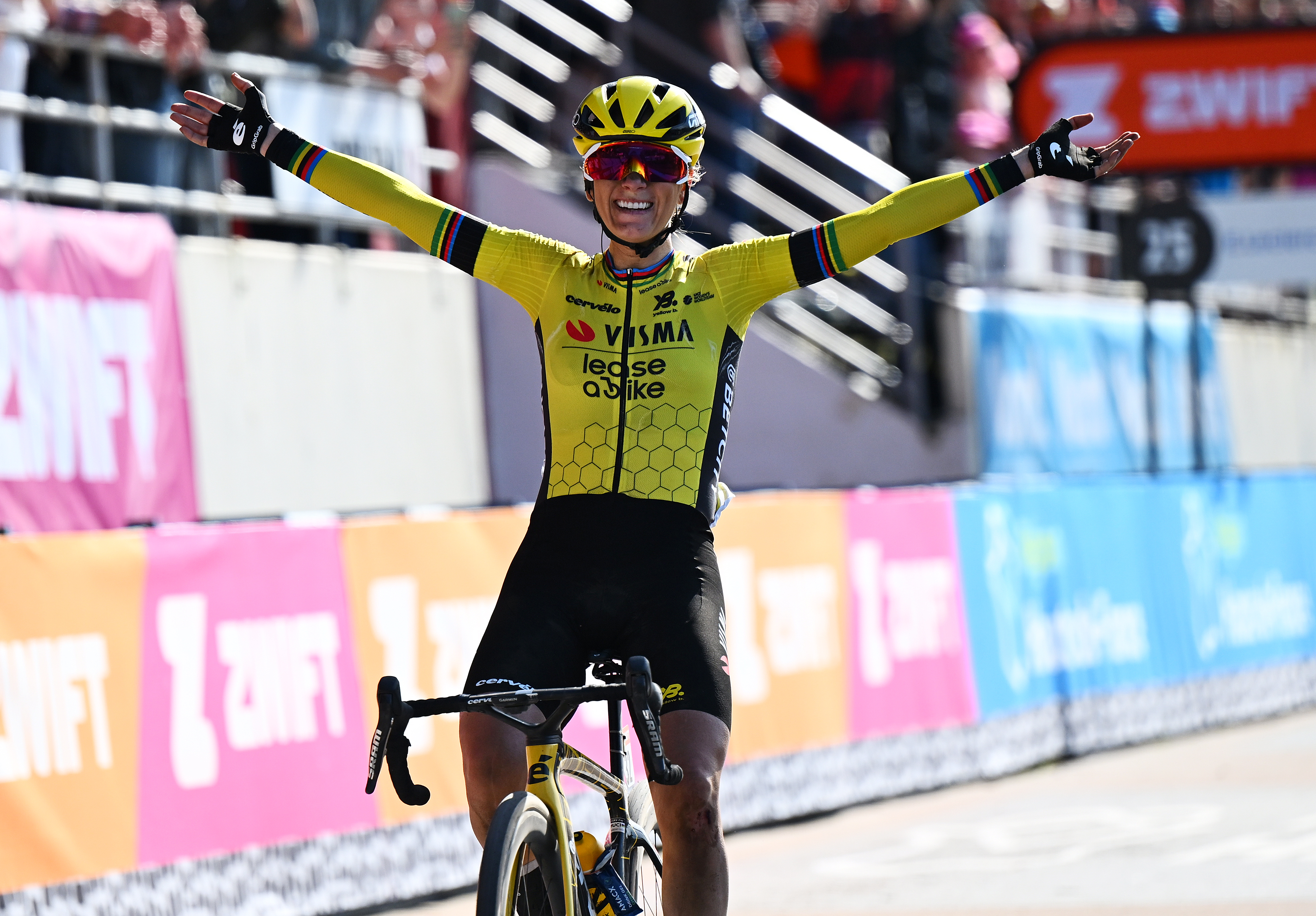 Pauline Ferrand-Prévot takes a sensational home victory in Paris-Roubaix
Pauline Ferrand-Prévot takes a sensational home victory in Paris-RoubaixFrenchwoman wins her Hell of the North debut as Letizia Borghesi takes second place and Lorena Wiebes is third
By Peter Cossins Published
-
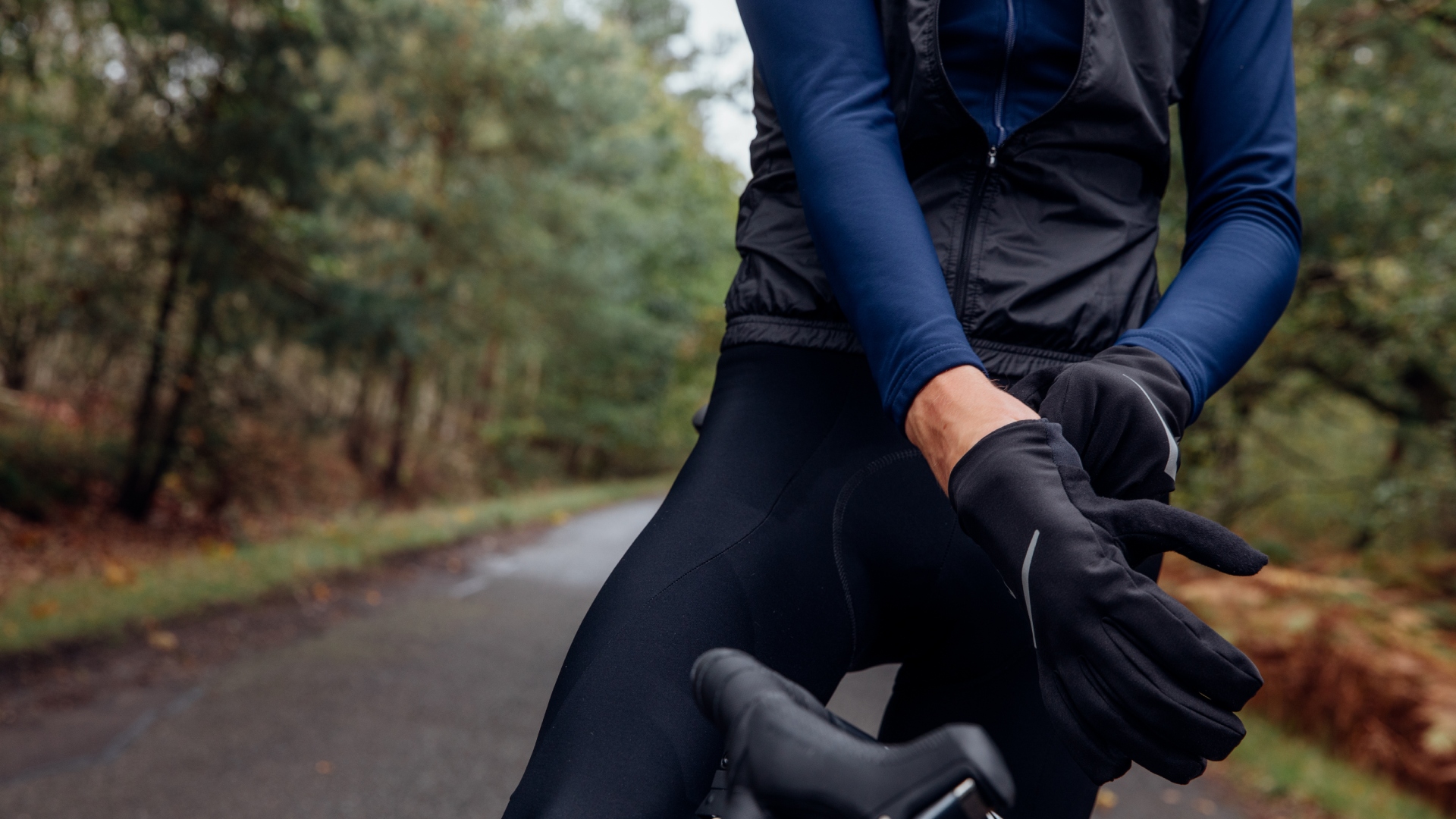 Riding with Raynaud’s: How to beat cold hands and feet over winter
Riding with Raynaud’s: How to beat cold hands and feet over winterSymptoms of Raynaud's syndrome extend far beyond simply having chilly hands and feet, our experts guide you through the how-to on making winter riding bearable despite the disease
By Lexie Williamson Published
-
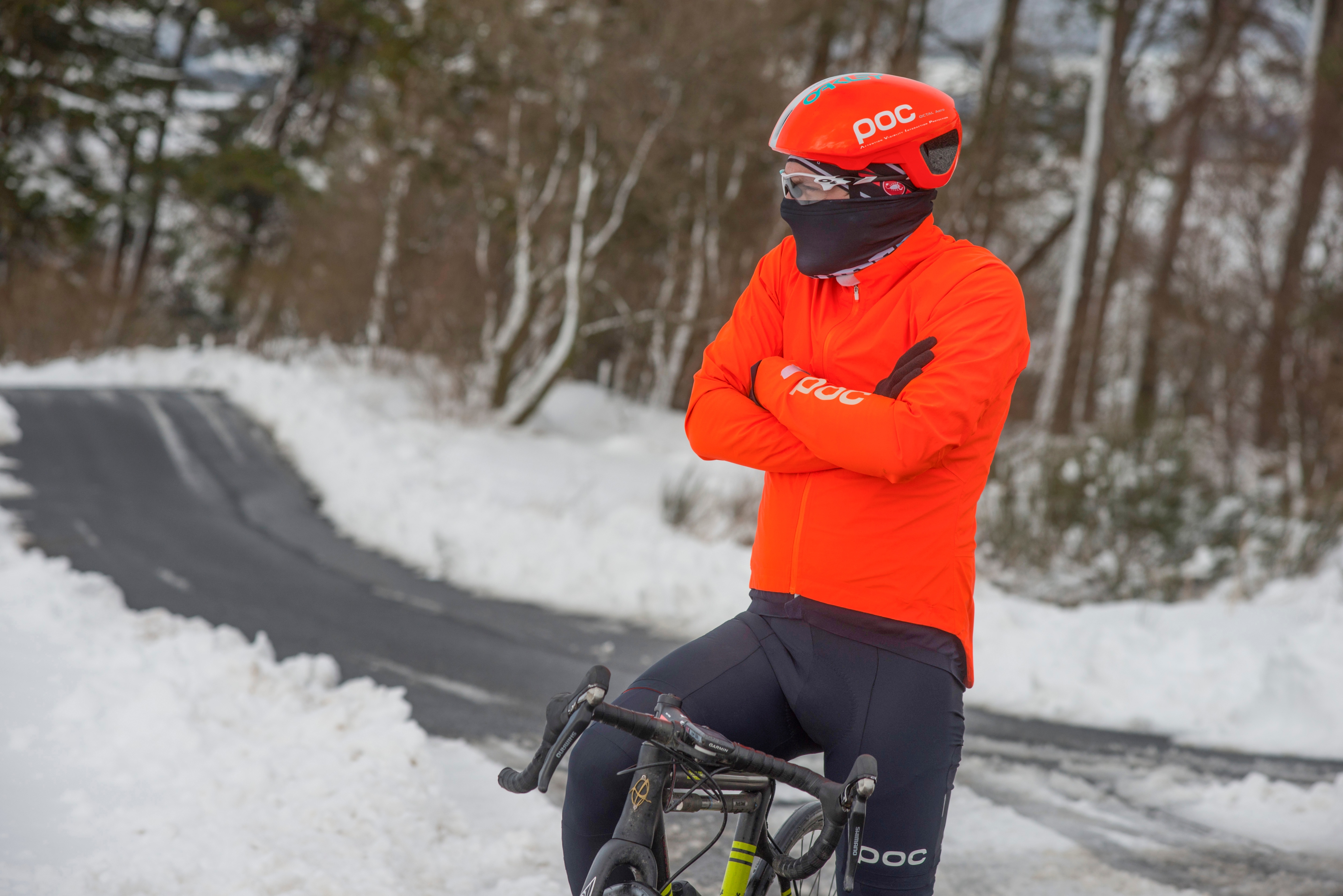 Does riding in the cold always have to slow you down?
Does riding in the cold always have to slow you down?Recent research reveals that starting a ride cold can decimate endurance. James Witts examines how rolling out toasty boosts staying power
By James Witts Published
-
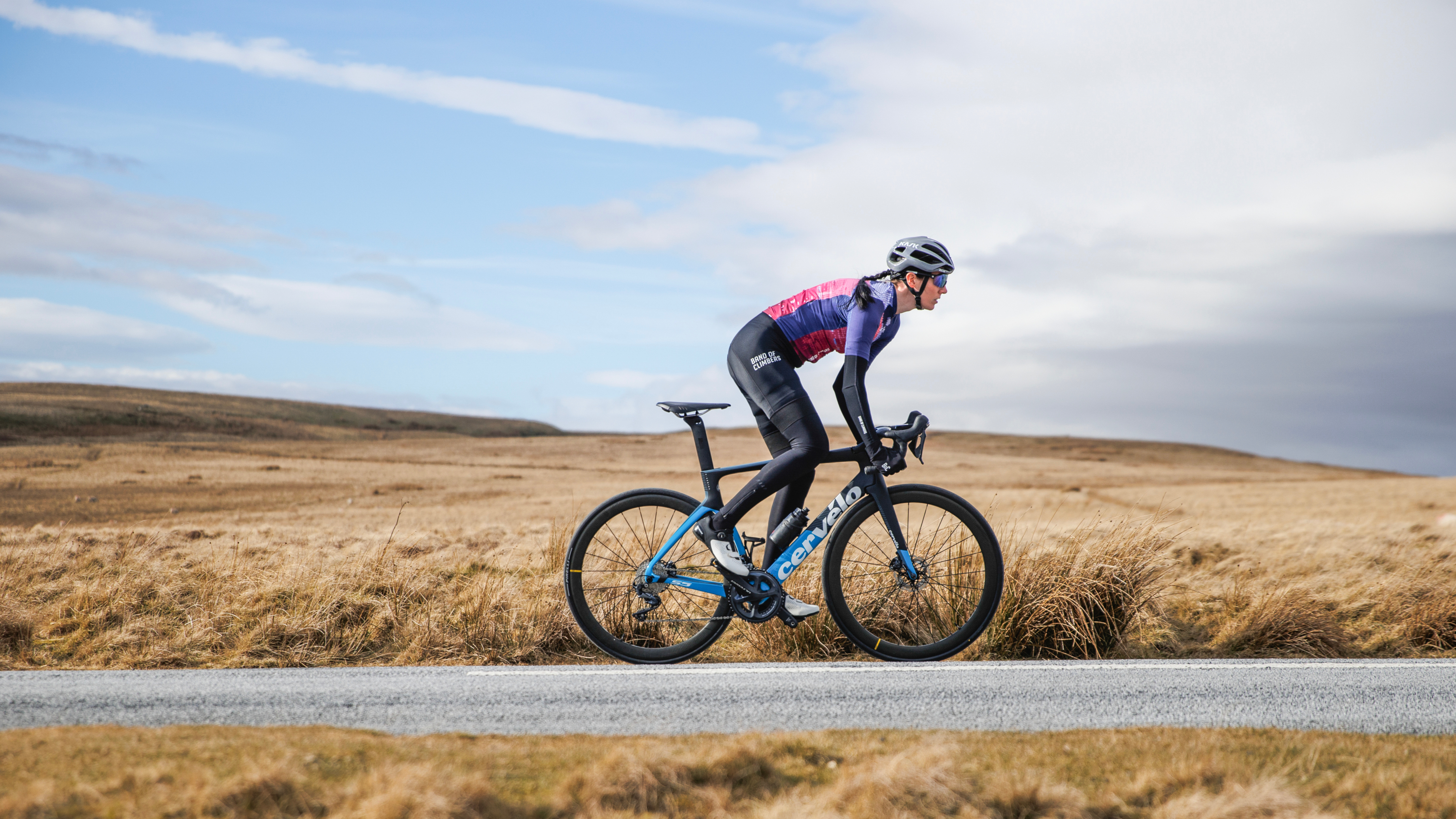 Forget 'new year, new me': 31 realistic, bitesized new habits for 2025
Forget 'new year, new me': 31 realistic, bitesized new habits for 2025Small adjustments to your daily routine can have a big impact on your cycling fitness. Lexie Williamson lists 31 good habits, one for each day of January
By Lexie Williamson Published
-
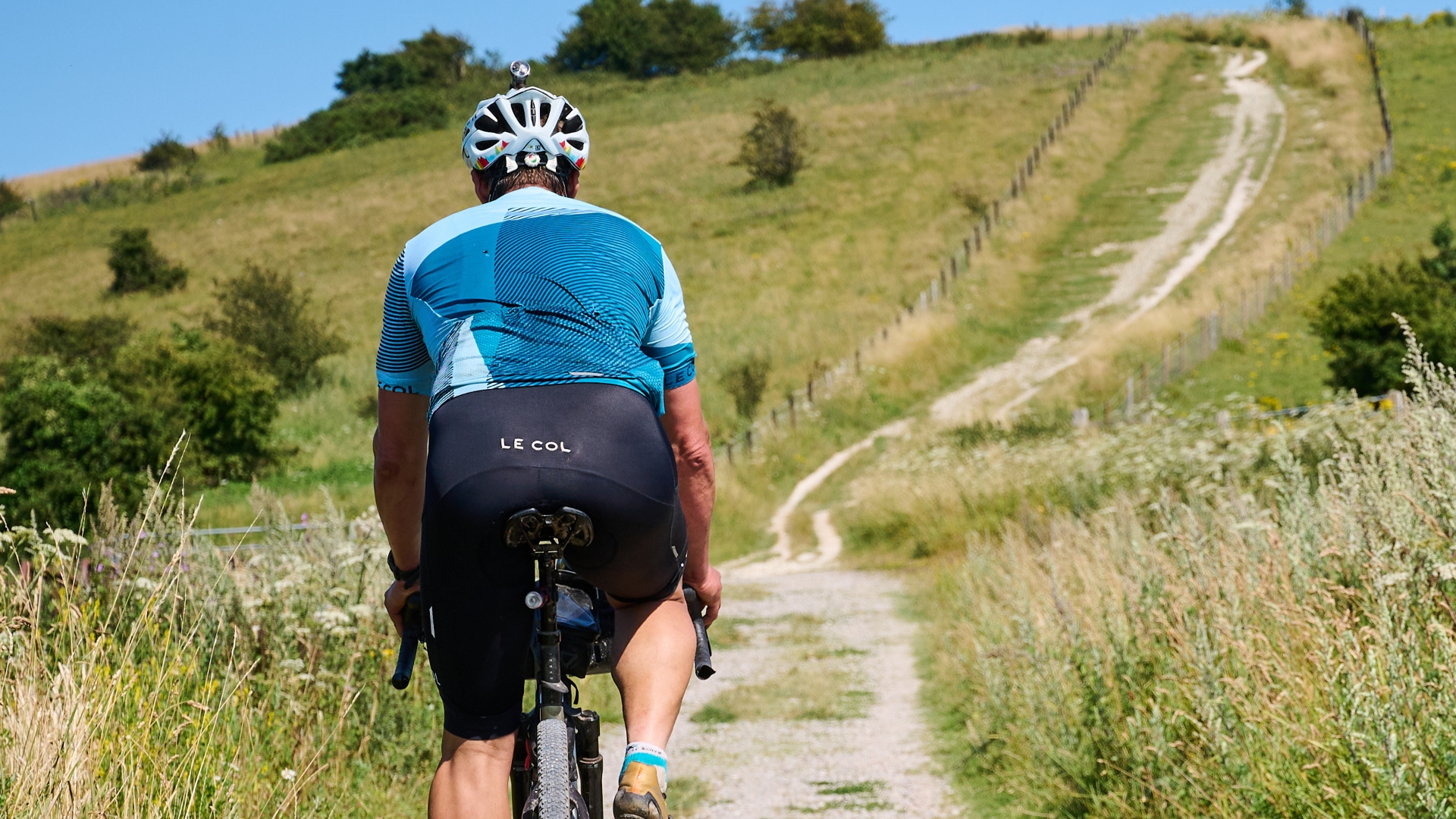 'My riding companion proceeded to fragment into countless tiny particles and dissolve into the night sky — I was hallucinating': Inside a 500km ultra ride
'My riding companion proceeded to fragment into countless tiny particles and dissolve into the night sky — I was hallucinating': Inside a 500km ultra rideKeen to test the limits of his well-matured endurance, Steve Shrubsall hurls himself headlong into a 500km ultra-endurance adventure across England's North and South Downs
By Stephen Shrubsall Published
-
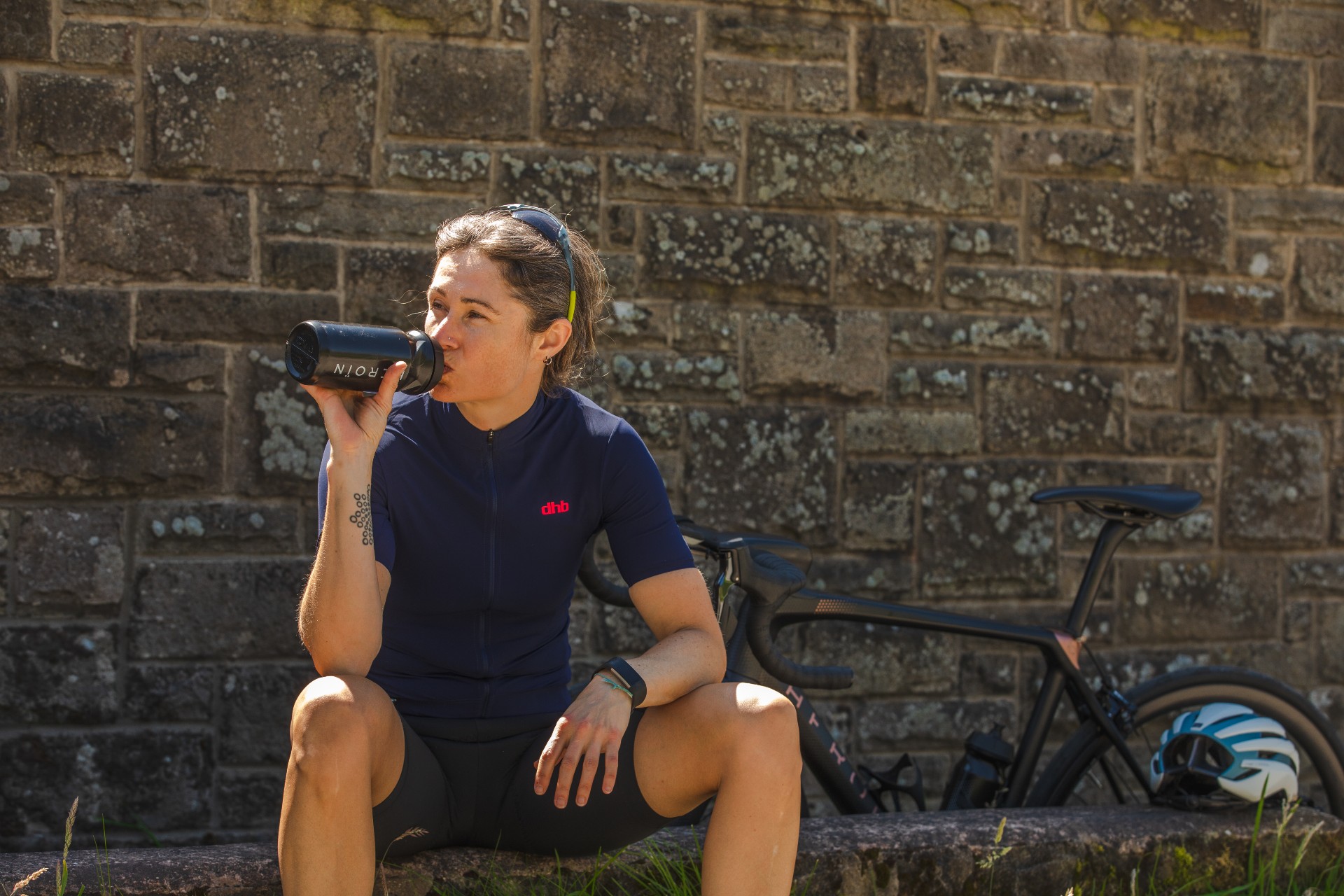 Hot weather cycling: 6 tips to help you keep your cool
Hot weather cycling: 6 tips to help you keep your coolA spell of hot weather needn't stop you enjoying your riding, as long as you take some precautions to prevent over-heating and dehydration
By Anna Marie Abram Published
-
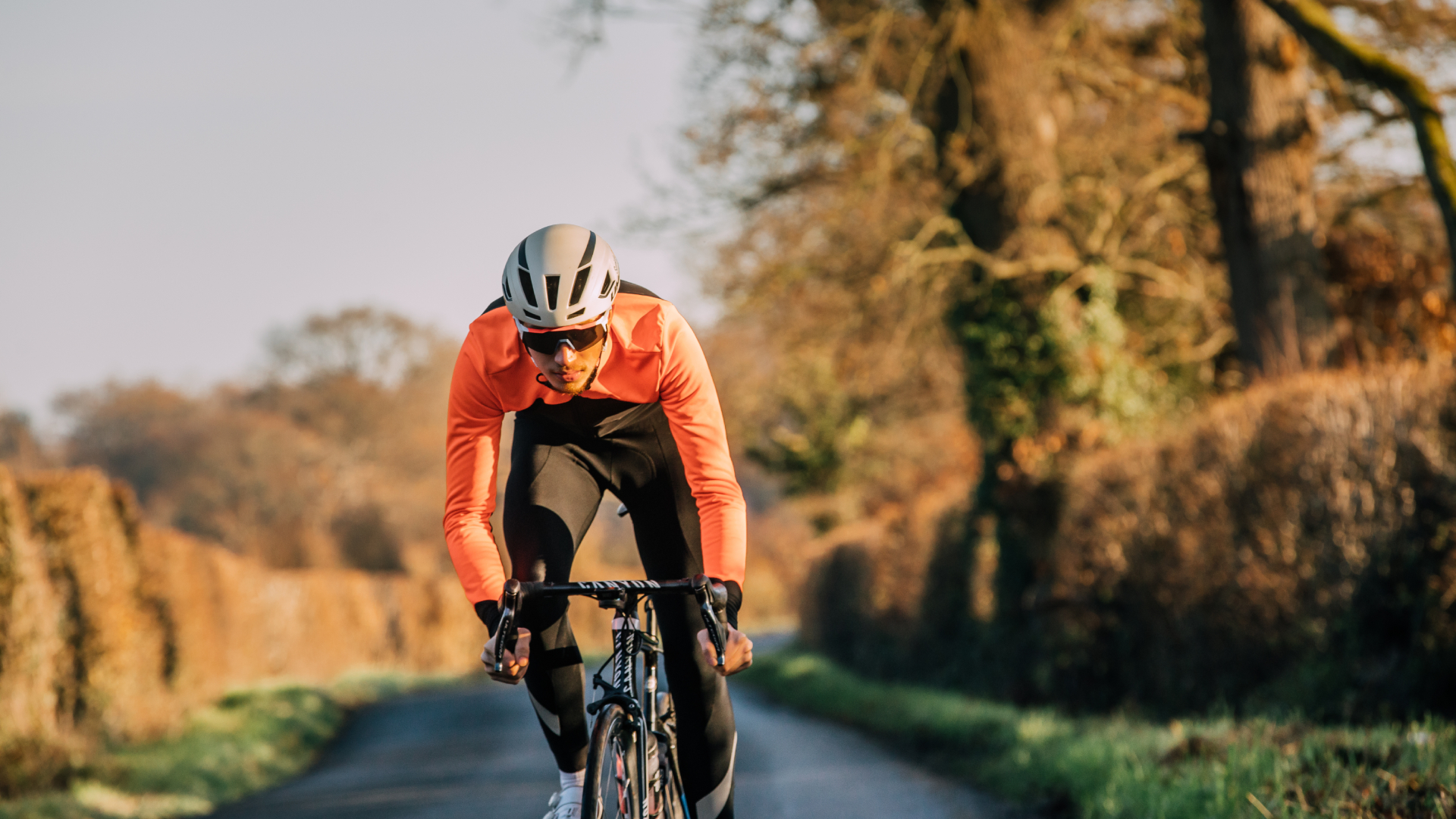 21 ways to get your season off to a flying start
21 ways to get your season off to a flying startMotivation is key: achievable, aspirational goals with clear checkpoints is a great place to start. Structured training, bike servicing and joining a club will all help set you on the right trajectory, too
By Charlie Allenby Published
-
 Eight-step guide to crafting your achievable goal this year, according to a cycling coach
Eight-step guide to crafting your achievable goal this year, according to a cycling coachHow to come up with a target you can hit - plus some pointers on how to stay on track
By Chris Marshall-Bell Published
-
 Why is everyone talking about Zone 2 training? Tadej Pogačar, or rather his coach, is responsible - here’s why
Why is everyone talking about Zone 2 training? Tadej Pogačar, or rather his coach, is responsible - here’s whyThe cacophony of praise for Zone 2 training of late left Chris Sidwells scratching his head. So he decided to find out what all the fuss was about
By Chris Sidwells Published